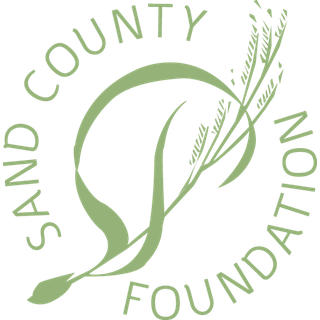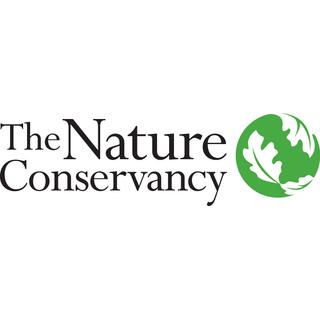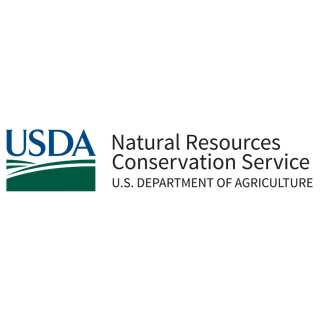Lewis Heaton is a farmer, rancher, hunter, conservationist, and budding photographer.
He does more than just capture the beauty of landscapes and wildlife; he has been prioritizing their care at Heaton Ranches for decades.
Lewis returned home with a degree in diesel mechanics in 1975 to take over the family farm. The 160 acres near McKenzie in Burleigh County had been in his family since 1926.
From the start, Lewis realized developing resilient and sustainable farm and ranch methods would be key to his long-term success. Long-held practices like traditional soil tillage and calving during the winter wouldn’t be sustainable. Experimentation took time, but gradual improvements fueled his growing interest in improving soil health, wetland and freshwater resources, and habitat for wildlife and pollinators.
He embraced conservation practices that were both environmentally and economically beneficial as his business grew to 20,000 acres in four counties. Today, he and wife Sherry, daughter Ella, and sister and brother-in-law Colleen and Albert Kershaw, graze 800 cow-calf pairs on 14,000 acres of rangeland, and grow 6,000 acres of corn, soybeans, wheat, and flax.
Lewis began using no-till farming practices in the 1990s to reduce erosion by leaving crop residue on harvested fields. To introduce more organic material to the soil, he later began growing cover crops of rye grass, turnips, and radishes. By reducing fertilizer costs the profitability of crop production increased.
He also sought new ways to make raising beef cattle more profitable. Grazing cattle on corn stalks following the harvest reduces feed costs while naturally fertilizing cropland with manure and urine. Moving the calving season to later in the spring reduced feed, building, and energy costs during the winter, while improving calf health and mortality rates.
During the growing season, cattle at Heaton Ranches are rotationally grazed across more than 50 pastures. Depending on the pasture’s size, location, and water sources, the cattle are moved every three to 20 days. Wetlands are fenced off from grazing when native vegetation diversity and water quality can be improved.
Lewis is a grazing mentor to other ranchers and is a frequent guest speaker on wildlife-friendly grazing practices. Likewise, he only cuts hay after the grassland bird nesting season and starts cutting hay in the field’s center to reduce the risk of harming wildlife.
Watch their conservation success story
Like Aldo Leopold before him, Lewis understands the importance hunting plays in wildlife management. For the past 20 years, Heaton Ranches has enrolled more that 3,000 acres into the North Dakota Game and Fish Department’s program that opens private land to sportsmen.
This, coupled with planting trees and preserving wetlands, has increased the quantity and quality of wildlife found at Heaton Ranches.
To protect pollinators, Lewis limits insecticide use and only plants wheat and soybean crops with neonicitinoid-free seeds. Heaton Ranches also participates in a project examining how carbon can be captured naturally by grassland ecosystems and how grazing cattle can enhance carbon uptake. Selling carbon credits from rangeland is something Lewis hopes will soon be available to more ranchers to provide income and preserve grasslands.
Lewis is passionate about sharing what he’s learned with others. He’s one of two landowner representatives on the Prairie Pothole Joint Venture management board that oversees issues impacting this environmentally important region.
Photographer or not, Lewis Heaton is the picture of what a conservation ethic looks like.








